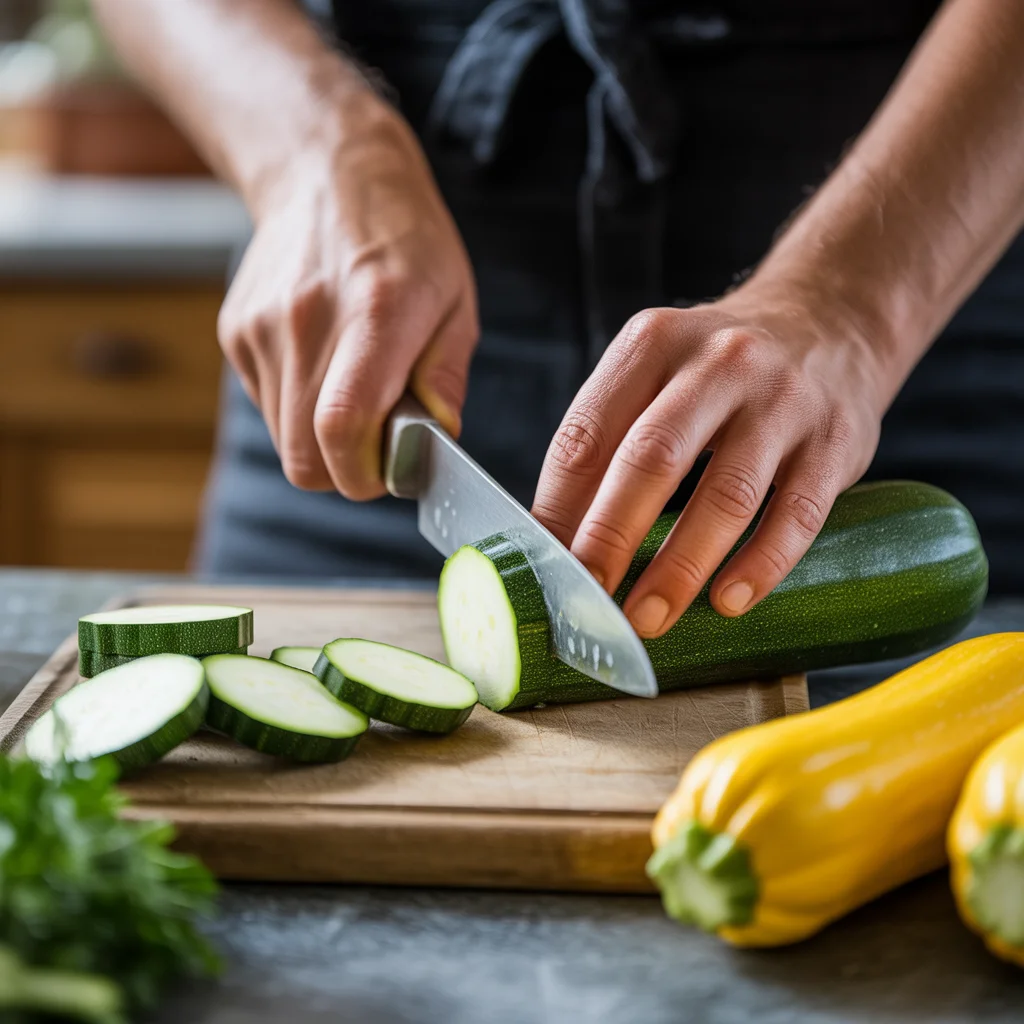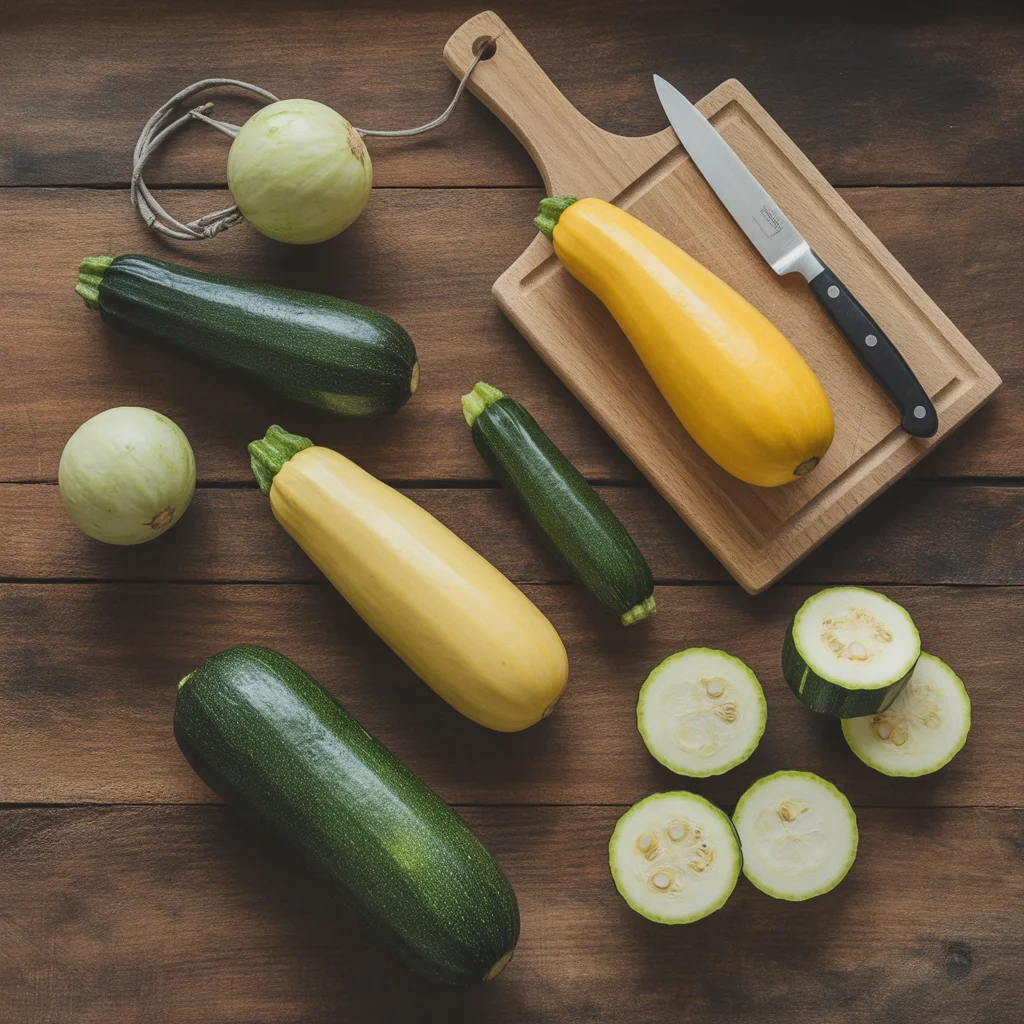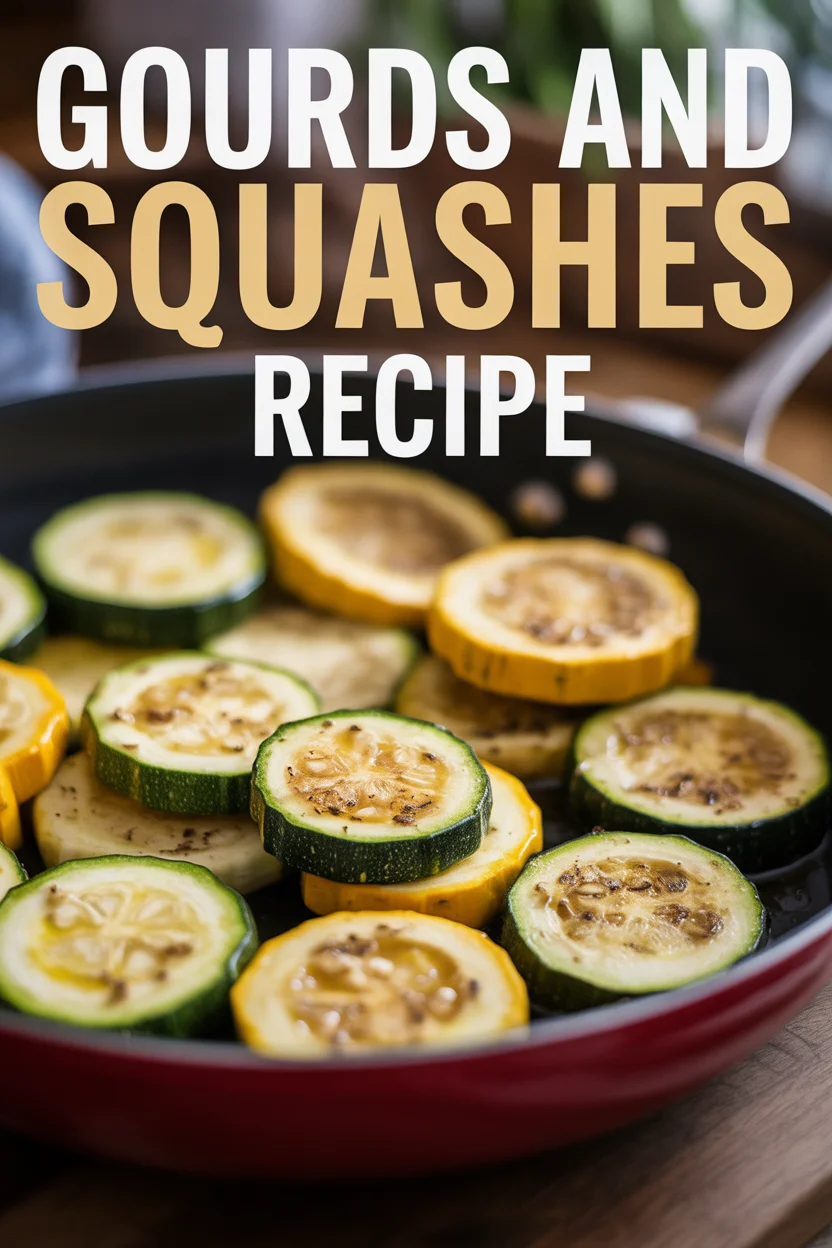So you want a gourds and squashes recipe, eh? Well, let me just say—I’ve had my fair share of kitchen disasters with these stubborn vegetables. First time? I roasted one so hard it turned into a hockey puck. But hey, it gets easier and honestly, roasted squash or pumpkin is so satisfying. If you’re tired of mystery mush or bland veggies, this guide is for you. I’ll cover picking, prepping, and actually roasting these tricky veggies (really, read on!). You’ll learn all the hacks, and if you want more, check out my post on how to make weeknight meals with minimal fuss for even more veggie ideas.

The Fundamentals of Roasting Pumpkins, Squash, & Other Gourds
Alright, first things first: roasting is basically letting your oven work its magic. It transforms tough, sometimes bland pumpkins, squash, and gourds into golden, caramelized goodness. Here’s my straight-shooter advice—don’t overthink it.
Cut the gourd into chunks or slices. Drizzle with olive oil, sprinkle on salt and pepper (maybe throw on some herbs if you’re feeling extra). Spread in a single layer—don’t crowd the pan or you’ll steam instead of roast. Chuck it in a hot oven and, seriously, just let it cook.
You know it’s done when edges get kinda crispy and there’s browning. I usually stab a piece with a fork and if it yields easily, you’re golden. Don’t be afraid of spots that look a bit dark. That’s flavor. Trust me.
To put it plainly, roasting is mostly waiting, not hard work. Have a glass of wine, clean up a little, and before you know it, your house smells five-star restaurant good.

What’s the Difference Between Pumpkins, Squash, and Gourds?
So, I definitely used to think these things were all sorta the same. Turns out—nope. Pumpkins, squash, and gourds are cousins, not twins.
Here’s the scoop: pumpkins are usually round and orange, often carved for Halloween, but totally edible. Their flesh can be dense and a bit sweet.
Squash kinda splits into two groups—summer squash (think zucchini, yellow squash) and winter squash (butternut, acorn, spaghetti). Winter squash are what you want for roasting since they’re rich and hearty.
Gourds are, um, mostly decorative. They look cool but unless you really like chewing on something like a loofah, I’d stick to pumpkins and squash for eating. Some edible varieties exist, but don’t munch on the warty ones, OK?
I had a neighbor try roasting one of those funky-looking gourds. He regretted it. Don’t be like my neighbor.

| Type | Common Use | Texture | Roasting Flavor |
|---|---|---|---|
| Pumpkin | Pies, soups | Firm, moist | Sweet, earthy |
| Butternut Squash | All-round roasting | Velvety, dense | Nutty, mild sweet |
| Acorn Squash | Stuffed, sliced | Fairly tender | Nutty, slightly earthy |
| Decorative Gourd | Decoration | Hard, stringy | Not recommended |
Choosing the Best Pumpkins, Squash, and Gourds for Roasting
If you want tasty roasted veggies, you gotta start with the right stuff. Here’s what I’ve learned after buying too many duds at the store (ugh, nothing worse than a woody squash).
Look for squash or pumpkins with firm skin. No soft spots. If you can press your thumb into the rind, just put it back. Heaviness is a good sign too—the heavier, the more moisture and flavor inside.
Also, smaller squash (not the tiny ones, but smaller than those monster pumpkins) usually have sweeter, less stringy flesh. Ask the produce folks if you’re unsure. They love to talk about this stuff. Sure, sometimes you’ll get a wild card, but that’s half the fun.
Pro tip: those bright orange “pie pumpkins” or butternut squashes almost always roast up beautifully. Avoid big jack-o-lantern types. Save those for carving, not eating.
How Long to Roast Pumpkins, Squash, and Gourds
Ugh, timing. The million-dollar question, right? I wish I could say, “Set it for 30 minutes every time,” but it really depends.
For most squash and pumpkins, cut about an inch thick, I start checking after 25 minutes at 400°F (yep, I like it hot). Sometimes it needs up to 40 minutes. Smaller pieces roast quicker—watch for that browning and a super soft texture.
If the pieces aren’t soft enough, just give them five more minutes and check again. No shame in poking them three times. Like, who follows rules perfectly anyway? The main thing—don’t pull them out early. Undercooked squash is just sad and crunchy.
Are the Innards Edible?
Okay, don’t toss the guts just yet. The seeds? Totally edible and actually make a killer snack. Clean them off, toss with oil, hit ’em with any seasoning, and roast ’til crispy.
The stringy bits around the seeds are technically edible, but I find them kind of meh unless you really love chewing. I usually compost that part or, honestly, pawn it off on someone with chickens. The flesh is where it’s at—get every bit you can off the skin.
I once tried eating the skin too. Wasn’t my favorite, but on some squash (like delicata), it cooks up soft enough. Butternut and pumpkin, not so much. Just scoop out the good stuff.
“I’d never roasted a squash before last year and now my kids actually ask for seconds. The seeds are their favorite treat—who knew?”
–Jamie, busy parent & newfound squash addict
Serving Suggestions
What to do with your gorgeously roasted squash or pumpkin? Here are a few simple ideas—no fancy stuff.
- Toss with pasta and a little parmesan for an instant dinner.
- Smash on toast with goat cheese for brunch that’ll make you look fancy.
- Drop cubes into salads—like, any salad—for a cozy upgrade.
- Just eat it straight with a pat of butter and a sprinkle of salt. Seriously, it’s that good.
Common Questions
How do I cut a tough squash or pumpkin safely?
Afraid of losing a finger? Me too. Use a heavy chef’s knife, cut off a bit of the bottom so it sits flat, and go slowly. Microwave it whole for 2-3 minutes to soften the skin first.
Can roasted squash and pumpkin be frozen?
Yep! Let it cool, toss into freezer bags or containers, and freeze for months. Makes soup nights a snap.
What’s the best way to season them?
I love simple salt, pepper, and olive oil. If you’re feeling wild, a pinch of cinnamon or smoked paprika makes it taste gourmet.
Do I have to peel the squash or pumpkin first?
Depends! Some are easy to peel after roasting. Butternut’s skin is pretty tough, so I usually peel first. Delicata, skin’s fine to eat.
Are decorative gourds ever edible?
Not usually. If it looks like a bumpy, wart-covered weird thing from a craft store, just keep it as decoration.
For more recipes check my
5 Simple Steps to Craft the Perfect Beef Taco Bowl
Savory High Protein Taco Bowl Recipe for a Flavorful Meal
Ready, Set, Roast Away!
So, now you know the ins and outs of making the perfect roasted squash or pumpkin. It’s really about finding good produce, keeping it super simple, and letting the oven do most of the work. If you’re looking for cozy meal ideas, you’ve got to try a classic winter soup like this one—see the magic in Pick a Gourd, any Gourd: Winter Squash Soup – Illuminations. And if you want to geek out more on roasting technique, check out The Fundamentals of Roasting Pumpkins, Squash, & Other Gourds … for next-level tips. Just promise me you’ll try this once—bet you’ll never look at boring side dishes the same way again.


Roasted Pumpkins, Squash, & Gourds
- Total Time: 45 minutes
- Yield: 4 servings 1x
- Diet: Vegan
Description
A simple guide to roasting pumpkins, squash, and gourds to perfection.
Ingredients
- 1 medium pumpkin, butternut squash, or acorn squash
- 2 tablespoons olive oil
- Salt, to taste
- Pepper, to taste
- Optional herbs (rosemary, thyme), to taste
Instructions
- Preheat your oven to 400°F (200°C).
- Cut the gourd into chunks or slices.
- Drizzle with olive oil and season with salt and pepper.
- Spread in a single layer on a baking sheet.
- Roast in the oven for 25 to 40 minutes, checking for crisp edges and tenderness.
- Once done, enjoy as is or add to your favorite dishes!
Notes
Watch for browning and softness to ensure roasting is complete. You can also roast the seeds for a tasty snack.
- Prep Time: 15 minutes
- Cook Time: 30 minutes
- Category: Side Dish
- Method: Roasting
- Cuisine: American
Nutrition
- Serving Size: 1 serving
- Calories: 180
- Sugar: 3g
- Sodium: 300mg
- Fat: 7g
- Saturated Fat: 1g
- Unsaturated Fat: 6g
- Trans Fat: 0g
- Carbohydrates: 27g
- Fiber: 4g
- Protein: 5g
- Cholesterol: 0mg

